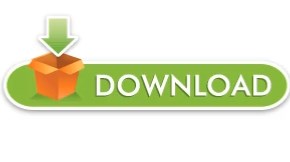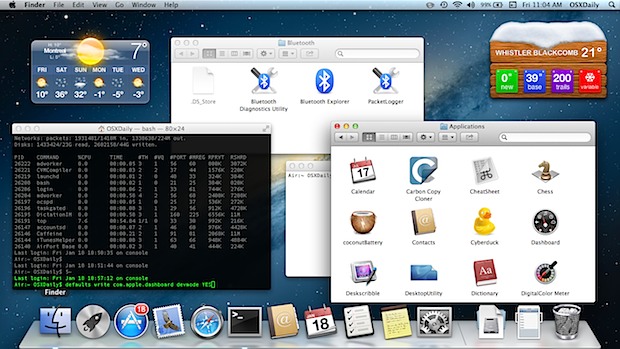

- #Wigets for mac update#
- #Wigets for mac download#
- #Wigets for mac free#
- #Wigets for mac mac#
- #Wigets for mac windows#
The Calculator widget is pretty self-explanatory for a person who uses the calculator a lot, this widget is very useful. I'd say that it would be a useful widget if I used the Address Book more often.
#Wigets for mac windows#
This widget is particularly useful to browse for a contact while on the phone, or if you have already a ton of windows open and organized the way that you'd like them and don't feel like adding another application to the mix just to get a contact. You can search through your address book using the widget and do just about everything else other than add new contacts - for that you have to actually open the Address Book application. Simply bring up the Dashboard and you can flip through all of your contacts, and if you need to, just hit the red button to exit the Dashboard and open the actual Address Book application. The widget saves you the desktop space of having the Address Book application open.
#Wigets for mac mac#
I am not yet organized enough on my Mac to make extensive use of the Address Book (although, now with the ability to sync up my Blackberry, I probably will). The Address Book widget is a front end to Tiger's Address Book application. Here are the widgets that are included in Tiger:
#Wigets for mac download#
Apple provides a total of 14 widgets with Tiger (and a link to download many, many more) and they also provide excellent documentation for developers to make their own widgets. Guilherme Rambo writes about his coding and reverse engineering adventures.To me, the biggest attraction to Dashboard is the fact that you move very useful items off of your desktop and onto basically a separate desktop that is very easy to access.

#Wigets for mac free#
If you have anything to say, feel free to reach out on Twitter. I suspect it wouldn’t, but since I haven’t submitted a Mac app to the store with this setup, I can’t say for sure.Īnd just in case there's someone from Apple reading this, check out FB8651868 😇. Something else worth pointing out is that I don’t know if this would be an issue when submitting the app to the Mac App Store. It’s not enabled by default from the template, but the widget won’t work if it’s not sandboxed. First, you must enable sandboxing for the widget target. The above solution does work, but there are some things to keep in mind. There is a sample project on my Github which includes a configurable widget with dynamic options provided by an intents extension. After doing that, you’ll be able to select “Mac Intents Extension” from the “Other” tab when creating a new target. To enable it, just copy the xctemplate folder into ~/Library/Developer/Xcode/Templates/Custom, then restart Xcode. You can download the custom template here. So I took the iOS intents extension template from Xcode, duplicated it, did some tweaks, and it actually worked! Then I remembered that it’s possible to create custom templates for Xcode, something that I used previously for one of my articles. Looking at the bundle for the Reminders app on Big Sur, I could see that it includes an intents extension plug in, and it’s not a Catalyst app, so it’s definitely possible.

If you try to create a target using the template from the iOS tab, it won’t let you embed it in your Mac app.Īt first, I thought this was maybe something that was simply not supported on the Mac, but then I noticed that many of the builtin apps (such as Reminders) include dynamic configuration options for their new widgets. To provide dynamic options for a configurable widget, the app that hosts the widget must also include an intents extension, but if you go into Xcode’s File > New > Target menu, there is no intents extension template for the Mac. That’s where I ran into a bit of an issue.Īll of the documentation with regards to configuring widgets was written specifically for iOS - or Mac Catalyst - apps, but AirBuddy is an AppKit Mac app. In order for that to work, I would have to provide dynamic values for the widget configuration UI, which the docs say should be done through an intents extension. When it came time to create a Big Sur widget for AirBuddy 2.0 ( in beta at the time of writing), I wanted to let the user pick which devices should show up there, given that the space is fairly limited. I’m not really a fan of Apple’s choice of using intents as a way to configure widgets, but I must admit that intent definitions are quite powerful and flexible. Widgets created with WidgetKit can be configured by the user in a system UI which is configured by an intent definition in Xcode. One of the most exciting additions to iOS 14, WidgetKit is also available on macOS Big Sur, where it replaces the legacy “Today extensions”.
#Wigets for mac update#
Update (September 29, 2020): With Xcode 12.2 beta 2, Apple has added an official template to create macOS Intents extensions.


 0 kommentar(er)
0 kommentar(er)
